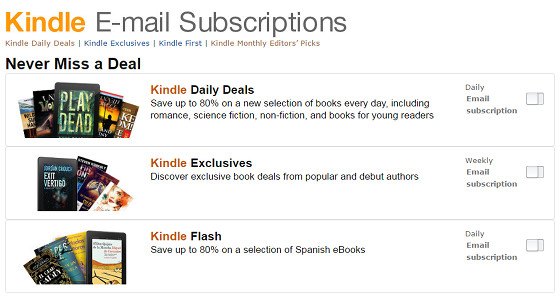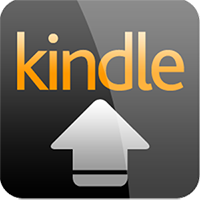
Here in North America, Kobo presents the closest thing to actual competition for Amazon’s e-reader dominance. Barnes & Noble - while not out of the Nook business entirely - seems to only exist to drop a minor refresh every few years, so don’t forget about it entirely.

Sony, the one-time maker of very good readers, tapped out for good in 2014. Even more importantly, while Amazon’s isn’t the only game in town exactly, it sure feels like it sometimes. The batteries last forever, and they’re rarely subject to the same sort of daily abuse as our smartphones.
#Epub to kindle email update
Prior to the long-awaited Paperwhite update that brought USB-C to the line roughly this time last year, Amazon hadn’t announced a single device refresh since summer 2019.Ĭan you blame them? For starters, people keep their readers around for a long time. Sure, there have been refreshes over the years, but not even those have arrived with any sort of regularity. It’s kind of perfect, really, for a product line that conquered the world and then took a backseat to the rest of Amazon’s offerings.īefore the September Kindle Scribe announcement, the line hadn’t received a SKU since the 2016 arrival of the premium Oasis. It’s the first step into a world that would include tablets, an army of smart home products, wearables and one ill-fated smartphone. In the context of the letter, the device is simply a prelude.
#Epub to kindle email download
It was not the most sophisticated industrial design (it was creamy white in color and the corners were uncomfortable for some people to hold), but revolutionary because it offered customers the ability to download any of over 90,000 books (now millions) in 60 seconds-and we got better and faster at building attractive designs. Our first foray into devices was the Kindle, released in 2007. CEO Andy Jassy gave the e-reader a rare bit of love in last year’s shareholder letter, noting: It’s been a strange ride for Amazon’s first hardware device. Update 6/23/22: Amazon has made additional changes, and will again accept Kindle.epub files created with earlier versions of Vellum.The Kindle turned 15 this month. To address this, we‘ve updated the Kindle.epub format with Vellum 3.2.2. Update 6/2/22: After this was posted, Amazon changed requirements for EPUB files sent using Send to Kindle, which caused Kindle.epub files to be rejected. As long as Amazon maintains these tools, we’ll continue to offer this option in Vellum. Vellum relies on tools supplied by Amazon to convert your Kindle.epub file to a Kindle.mobi file. Will Vellum continue support for MOBI files?

Vellum can generate MOBI files for Kindle by adjusting Generation Preferences.

Since Kindles can’t read EPUB files, you’ll need to use a MOBI file when you sideload via USB. What if I load files via USB instead of using Send to Kindle? To see your book with Enhanced Typesetting, you’ll still need to use Kindle Previewer. Send to Kindle converts to an older format that doesn’t support Amazon’s Enhanced Typesetting. Send to Kindle will convert your EPUB file to a proprietary format (AZW3) that can be read on Kindles.ĭoes this mean Send to Kindle now matches what readers see? For best results, you’ll need to provide the same Kindle.epub file that you use when uploading to KDP. (Amazon’s Send to Kindle app still requires a MOBI file.) If you use Send to Kindle by Email, you can now attach your Kindle.epub file instead of a converted MOBI file. What file should I use with Send to Kindle?


 0 kommentar(er)
0 kommentar(er)
